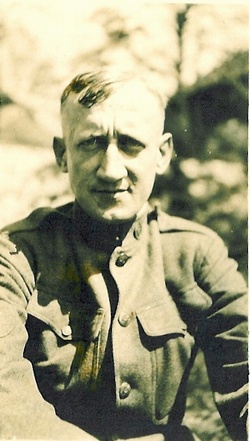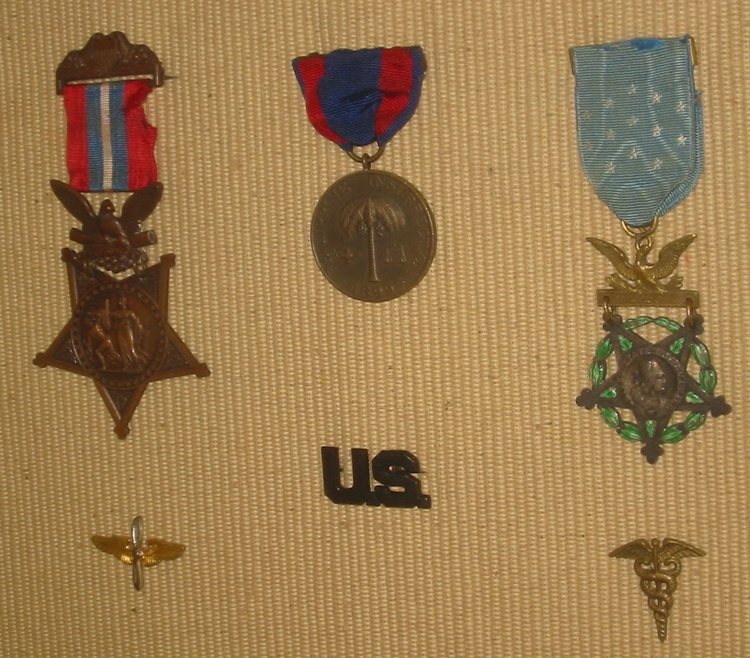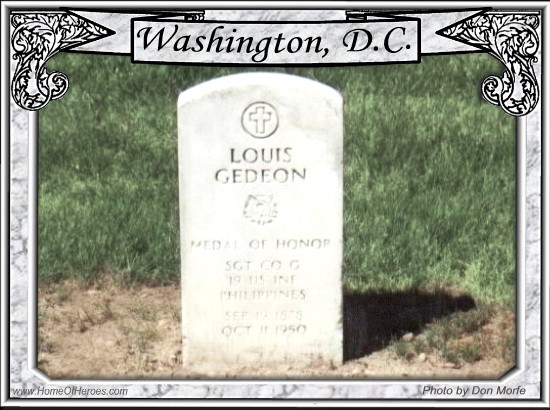
He enlisted in the Army on February 21, 1899 and was a member of Company G, 19th US Infantry. He served in the Philippines and while there won the Congressional Medal of Honor - "Singlehanded, defended his mortally wounded captain from an overwhelming force of the enemy".
The story of his heroics was included in a letter written by a member of his company, Corporal Benjamin Foulois, to his mother. The letter was included in an article written by Pearl Orient for The Annals, which is the official publication of the Medal of Honor Society:

